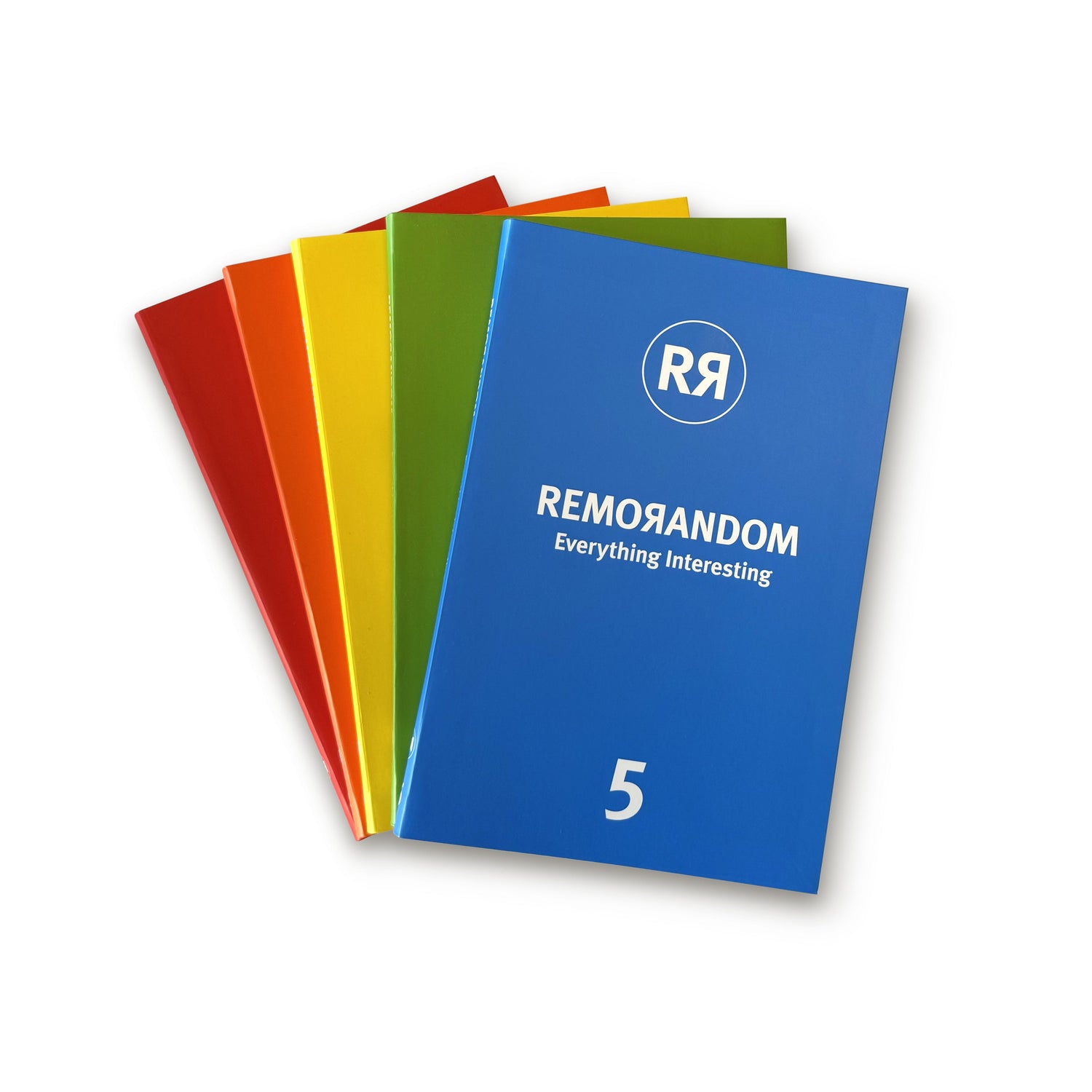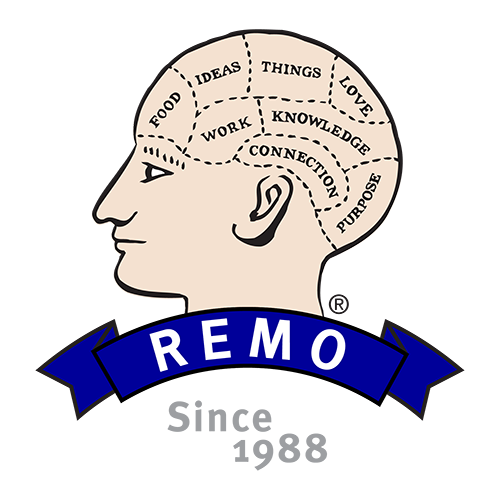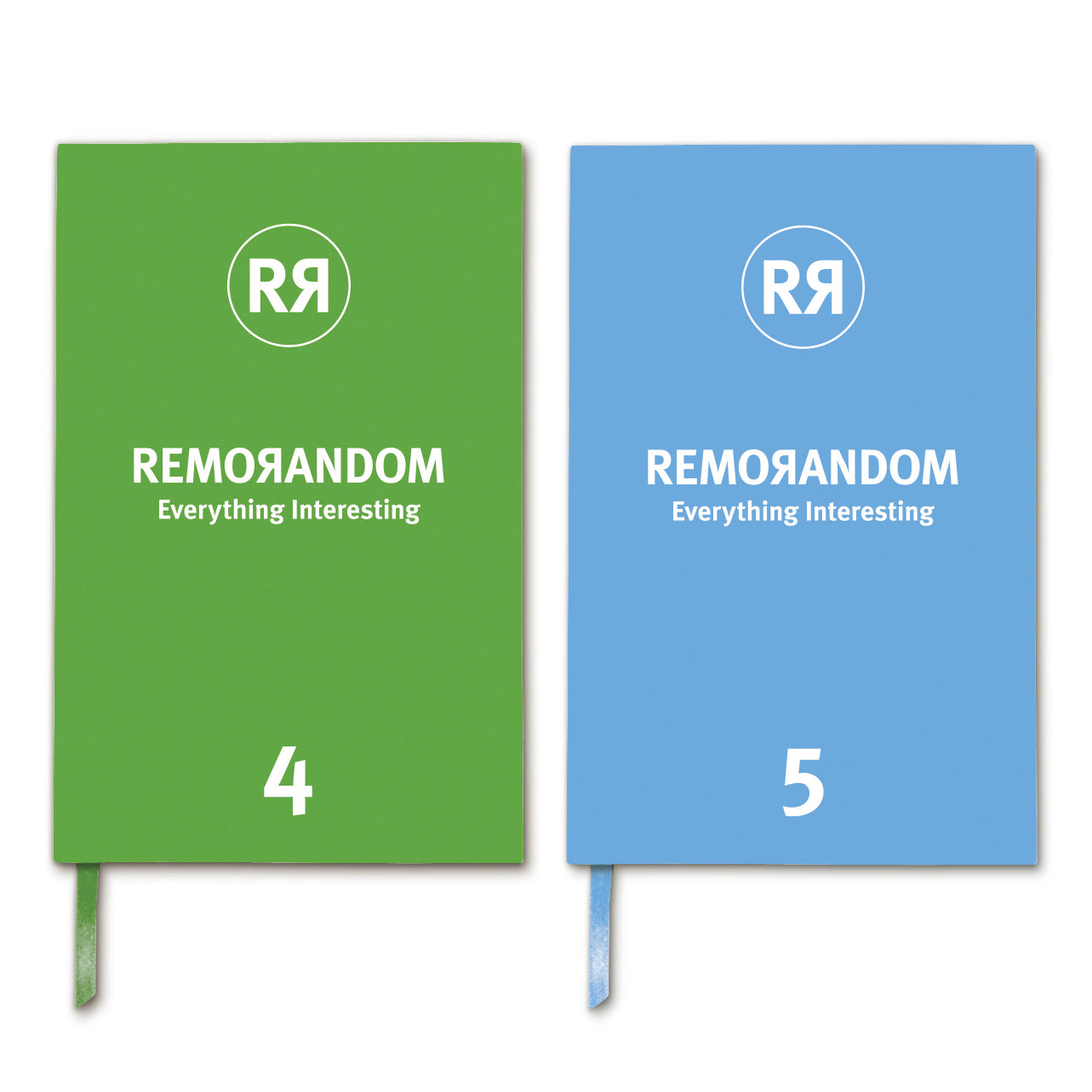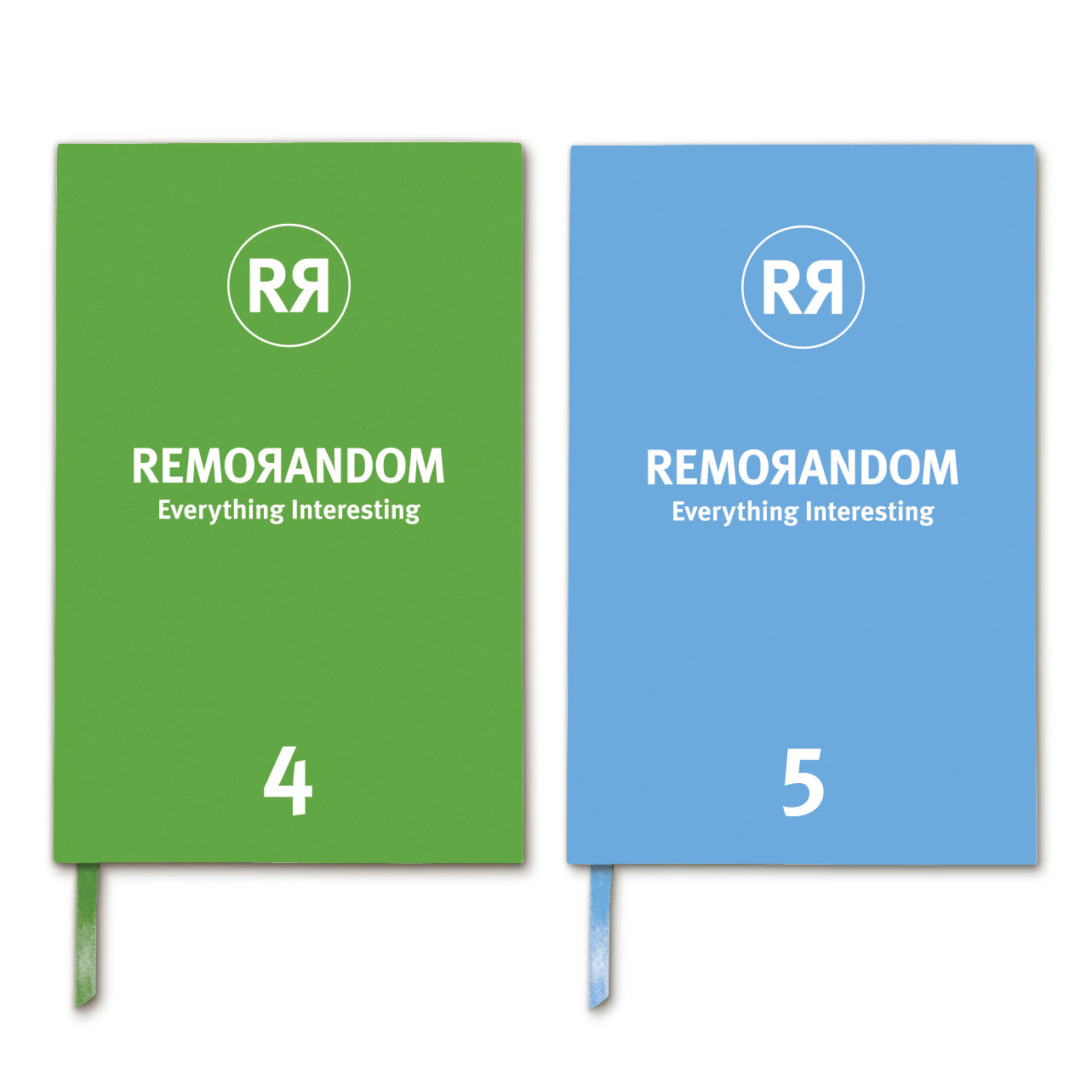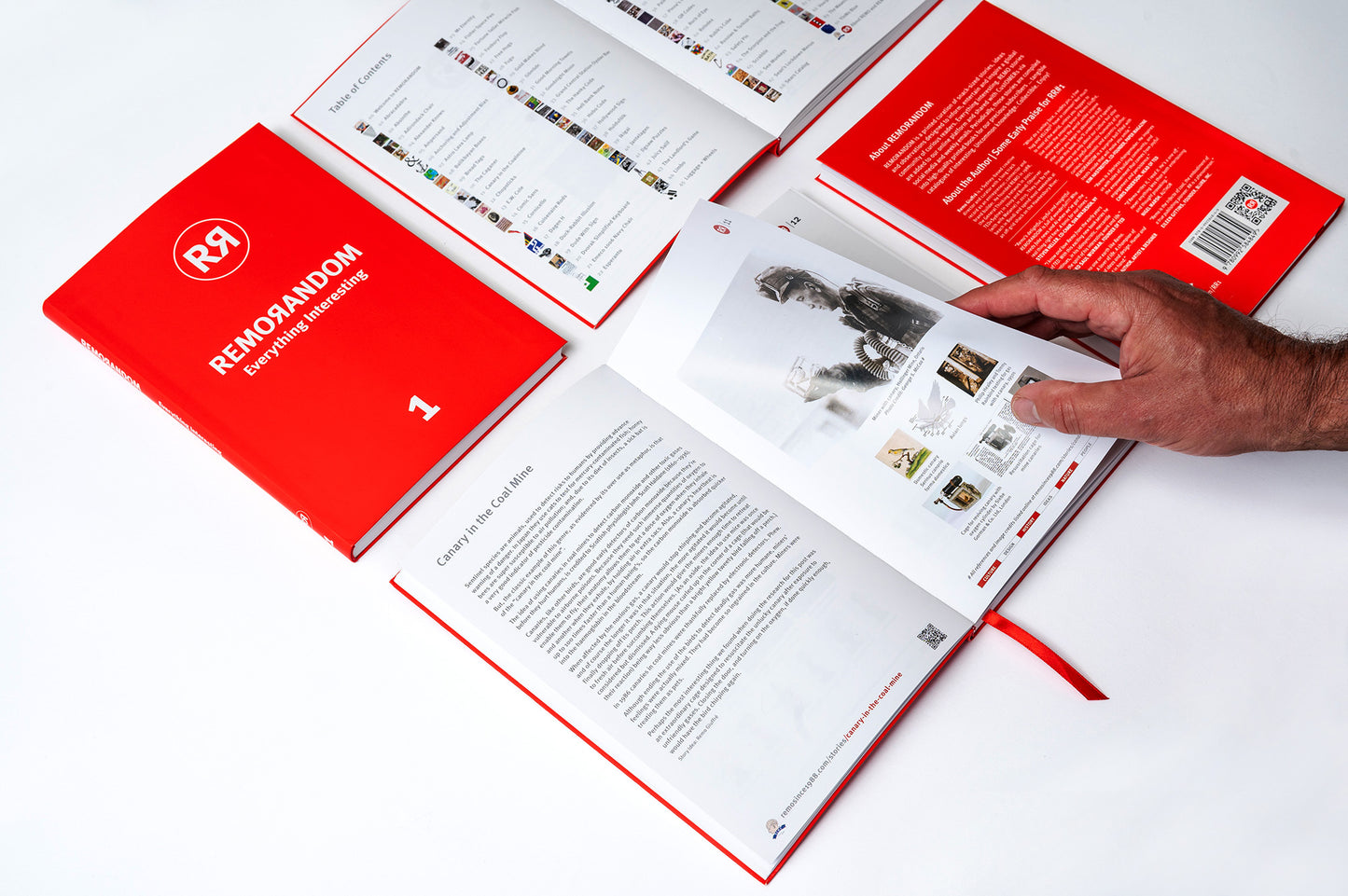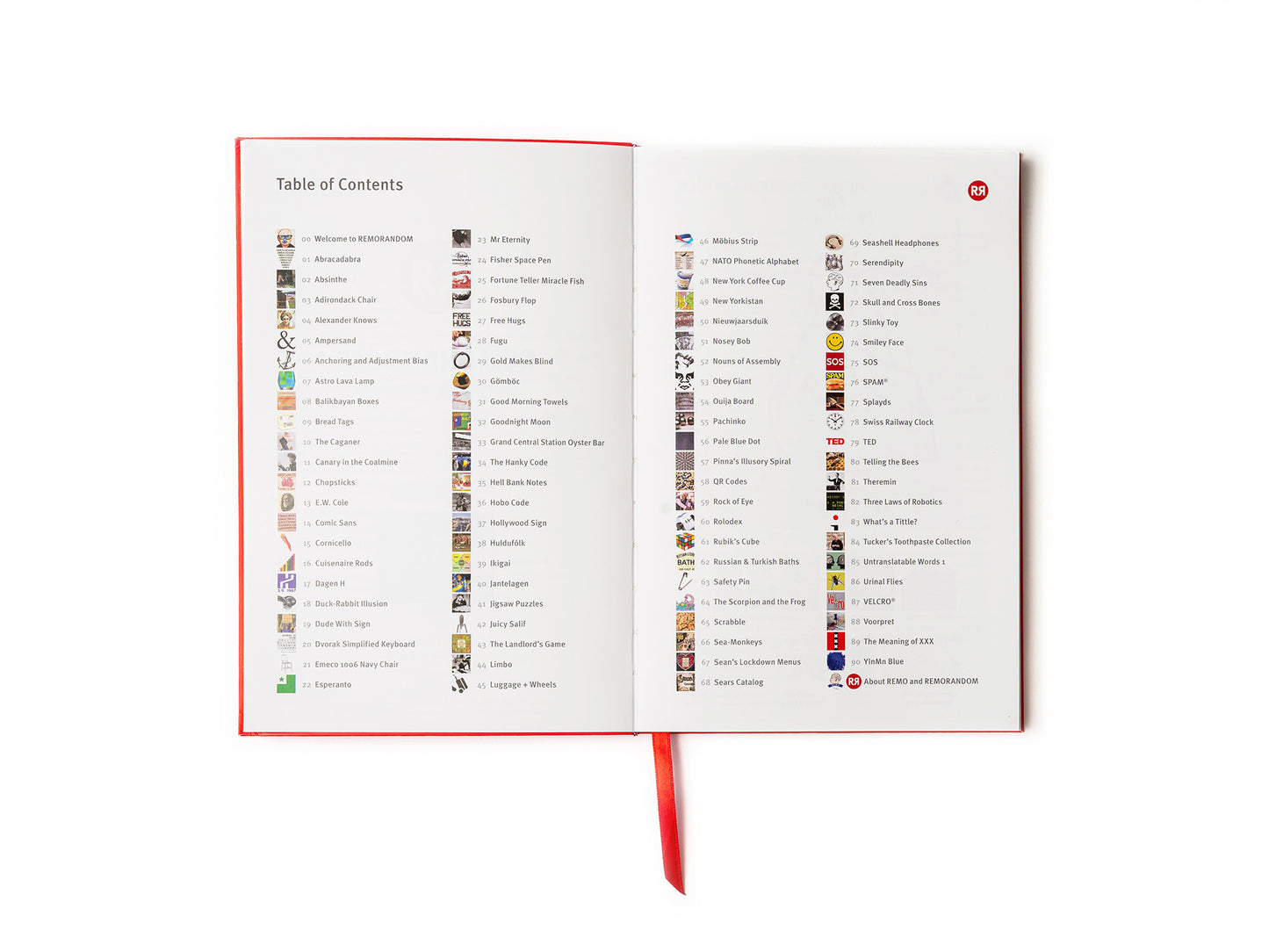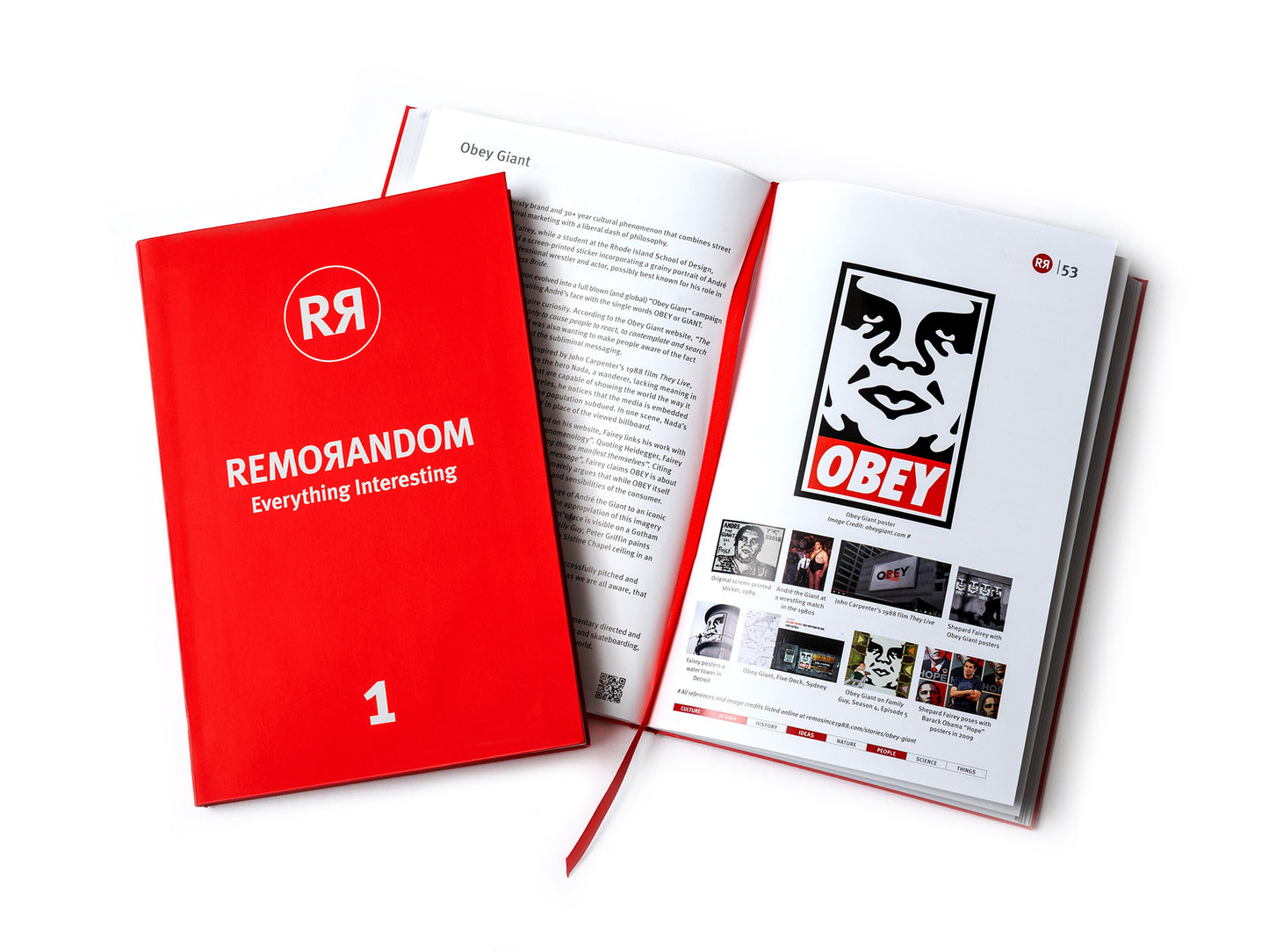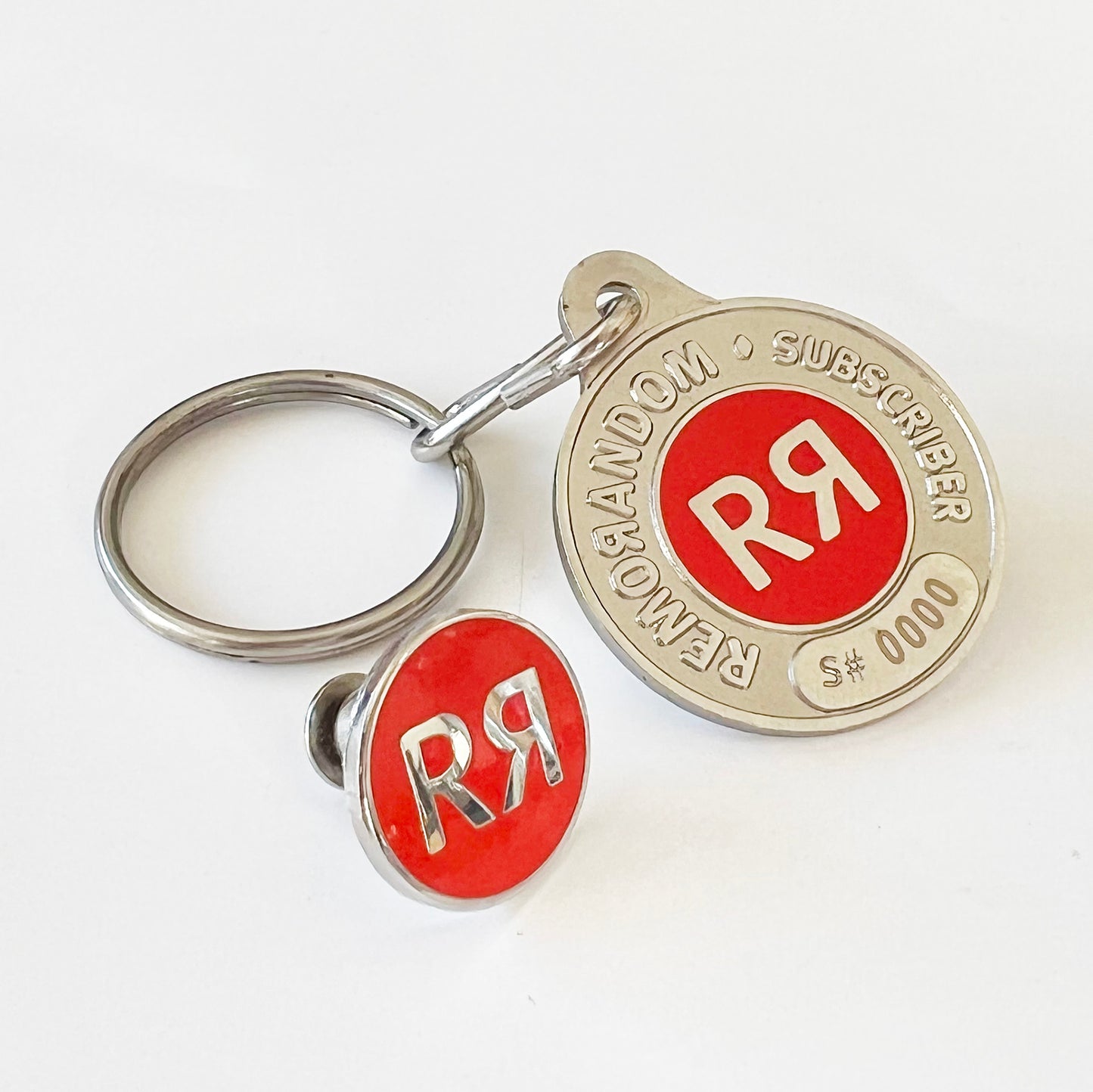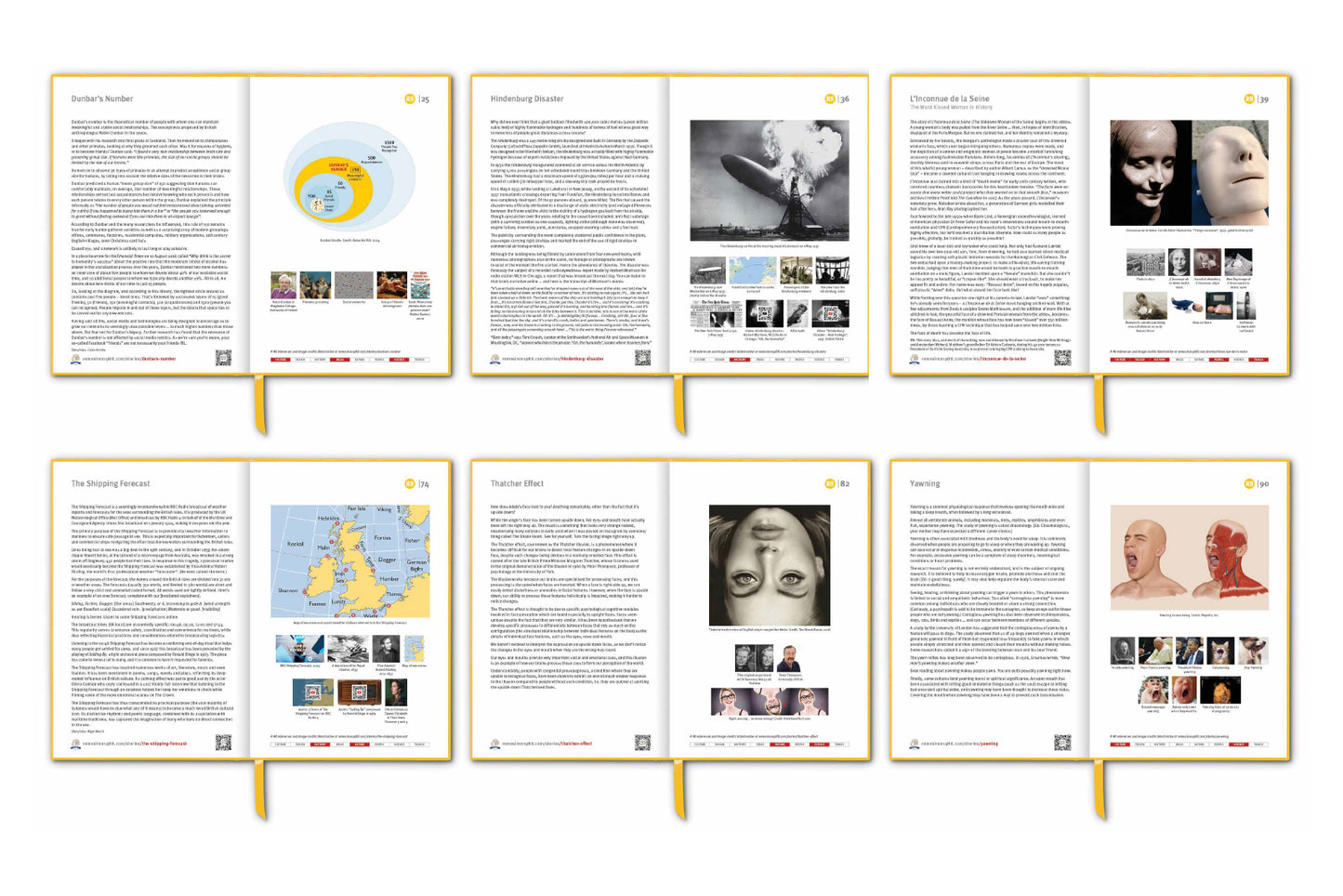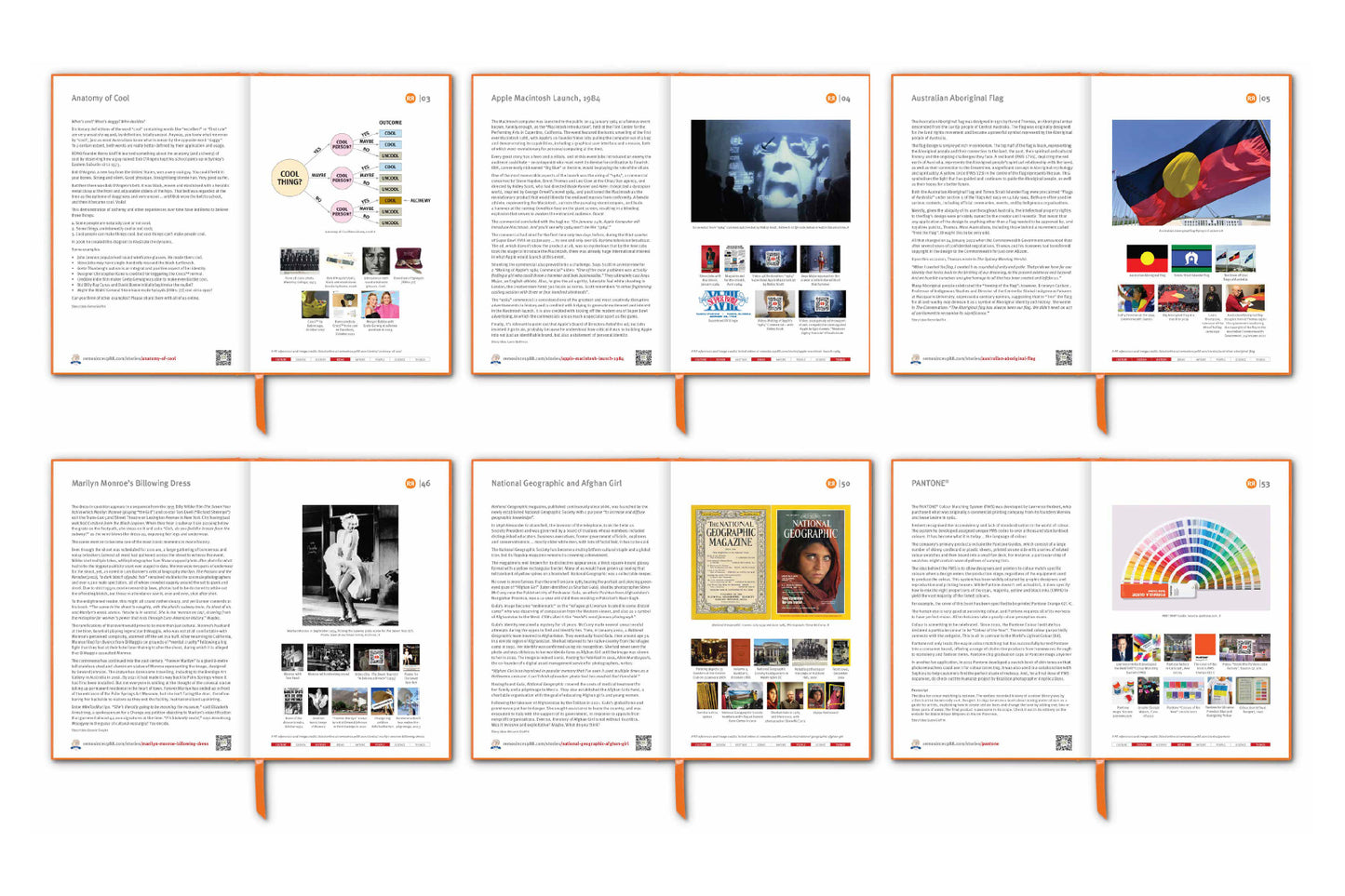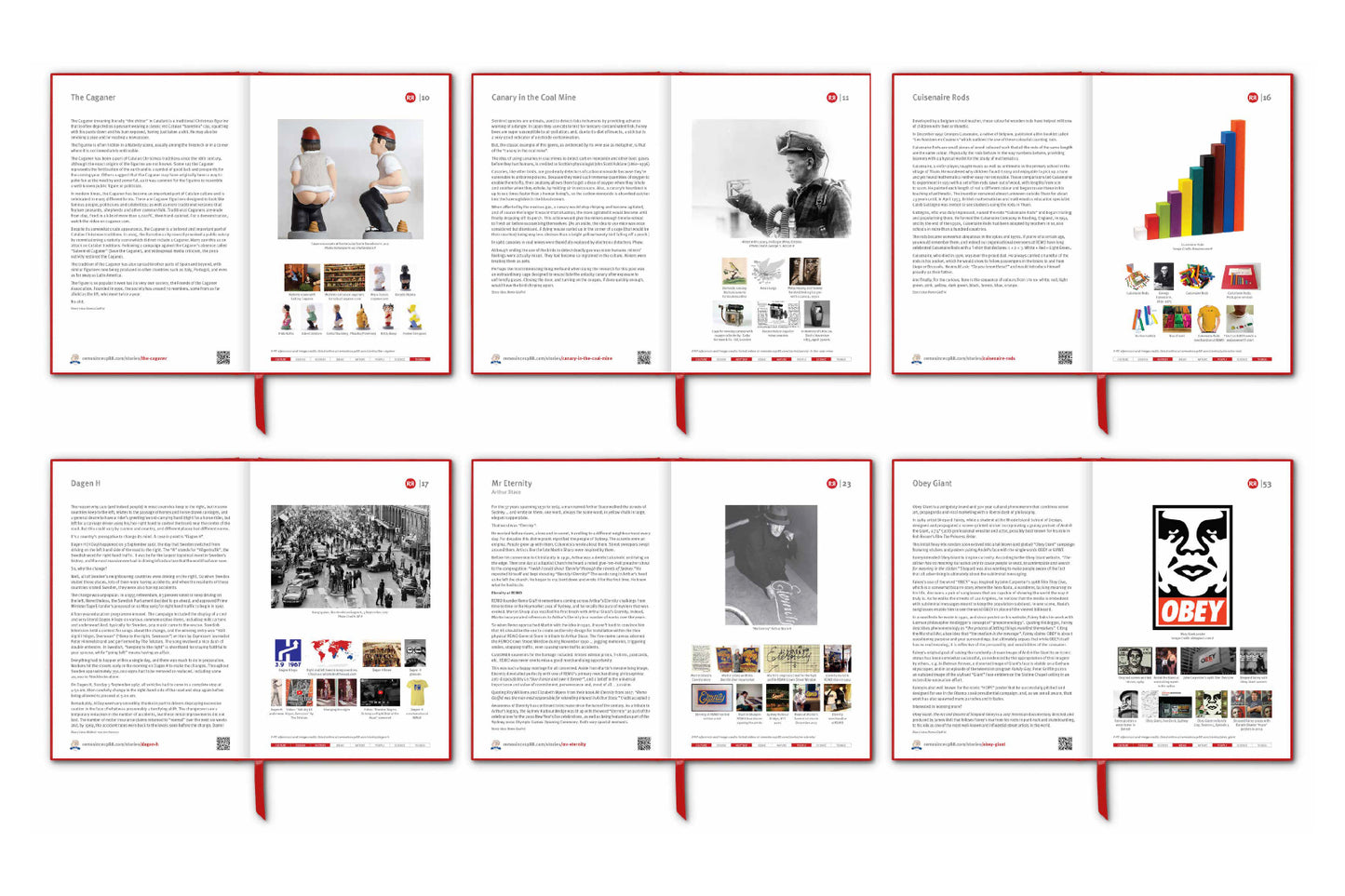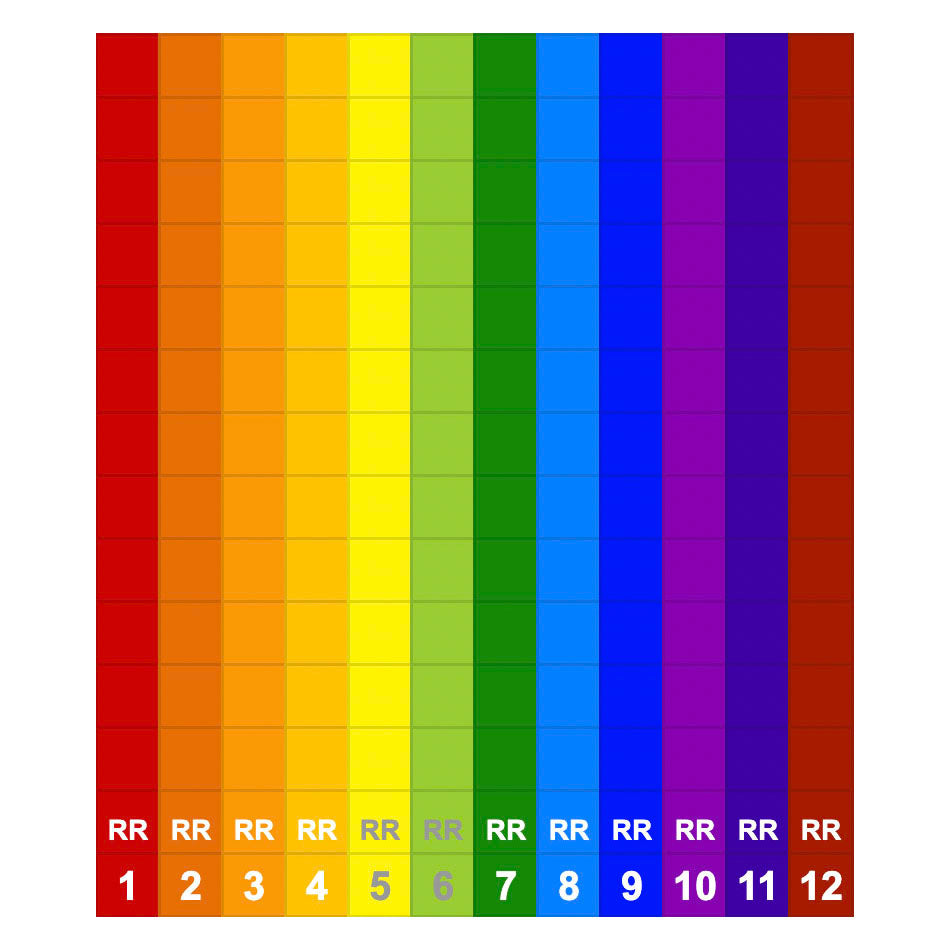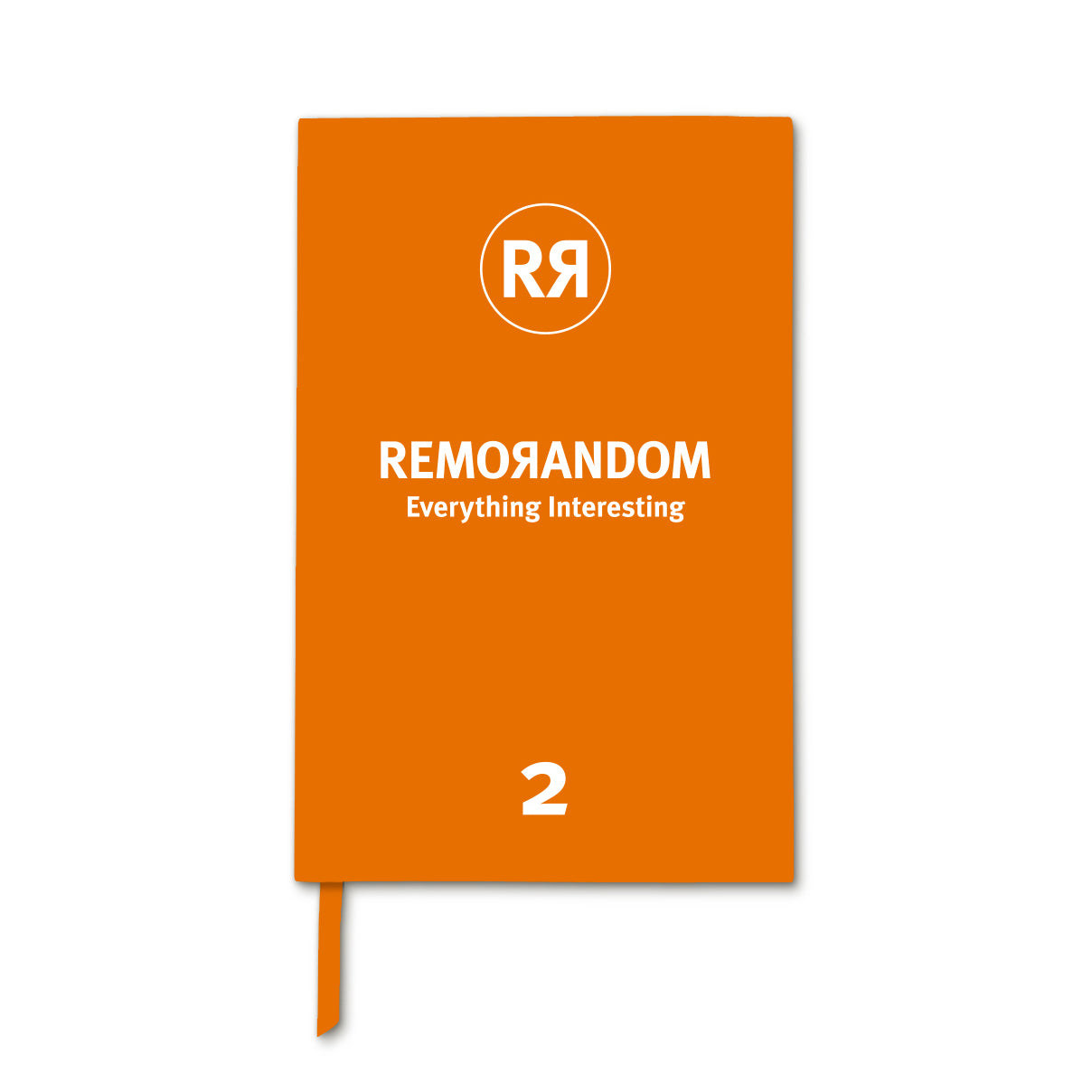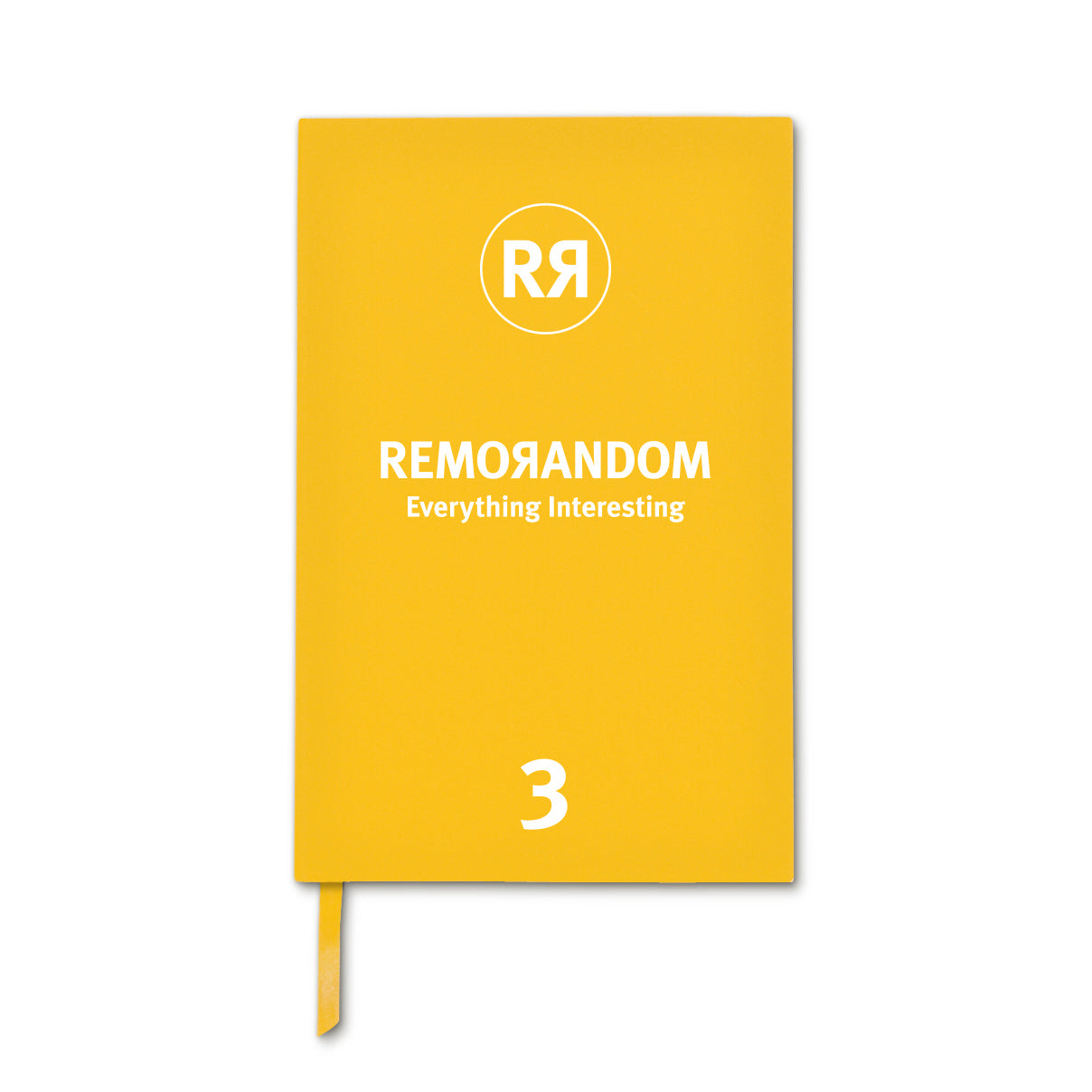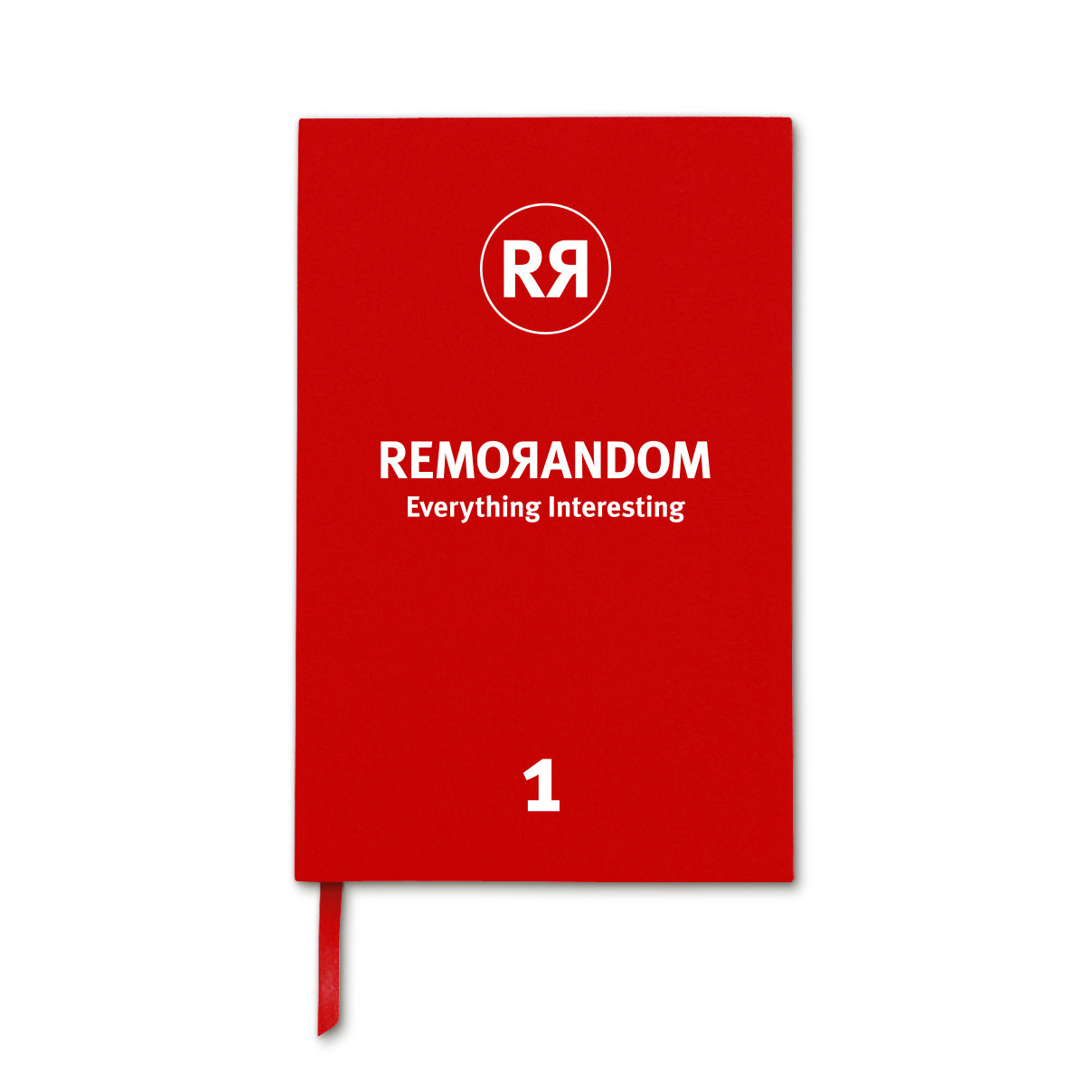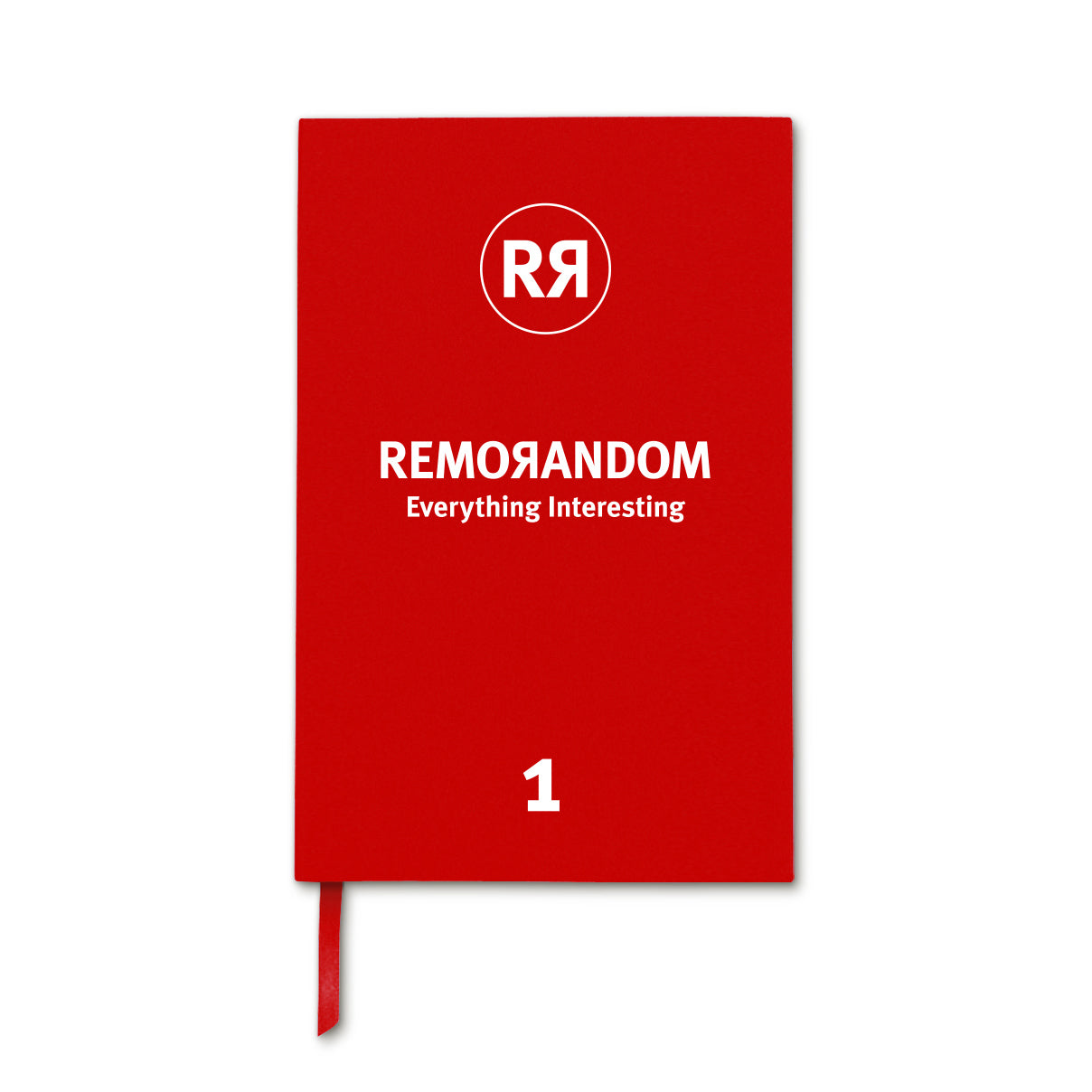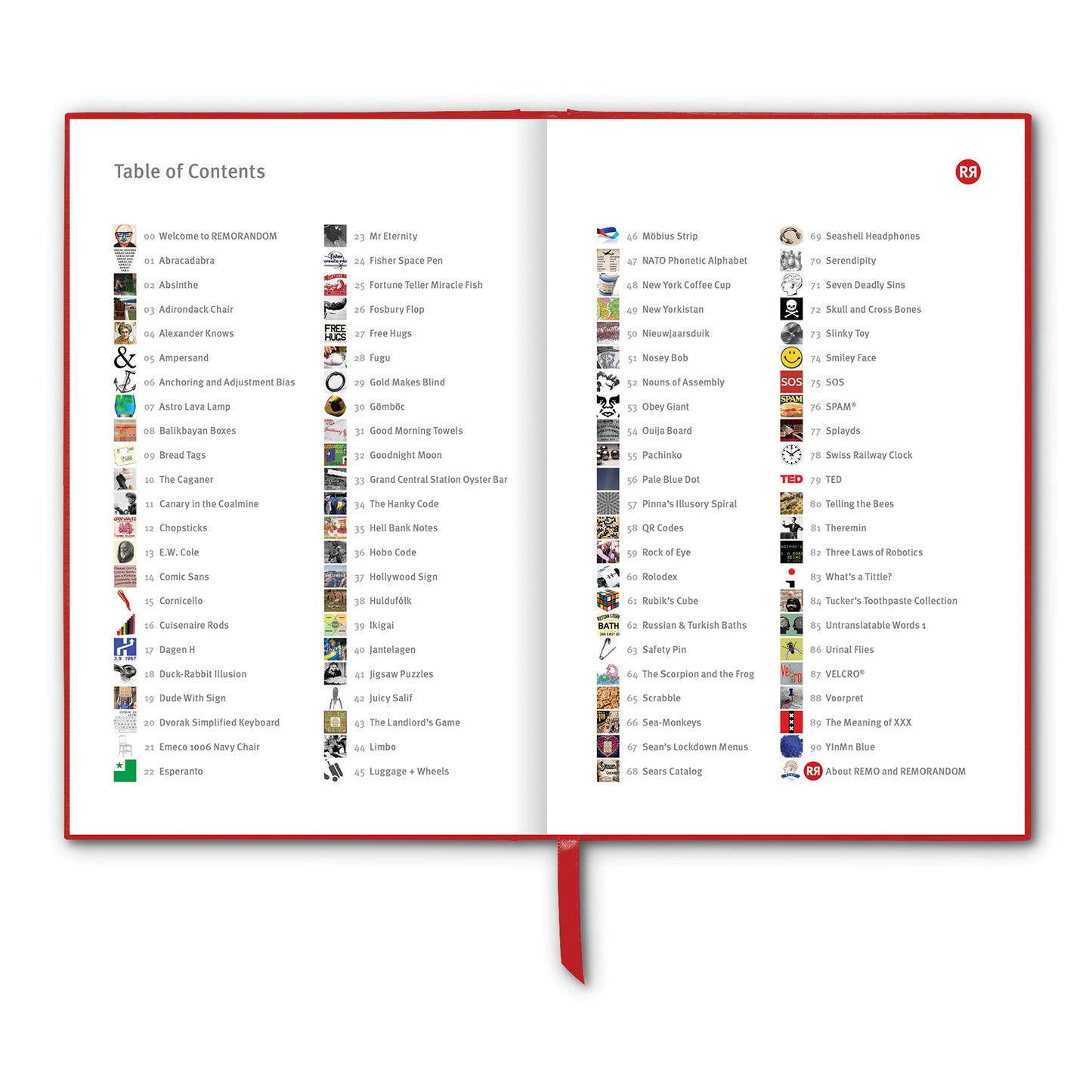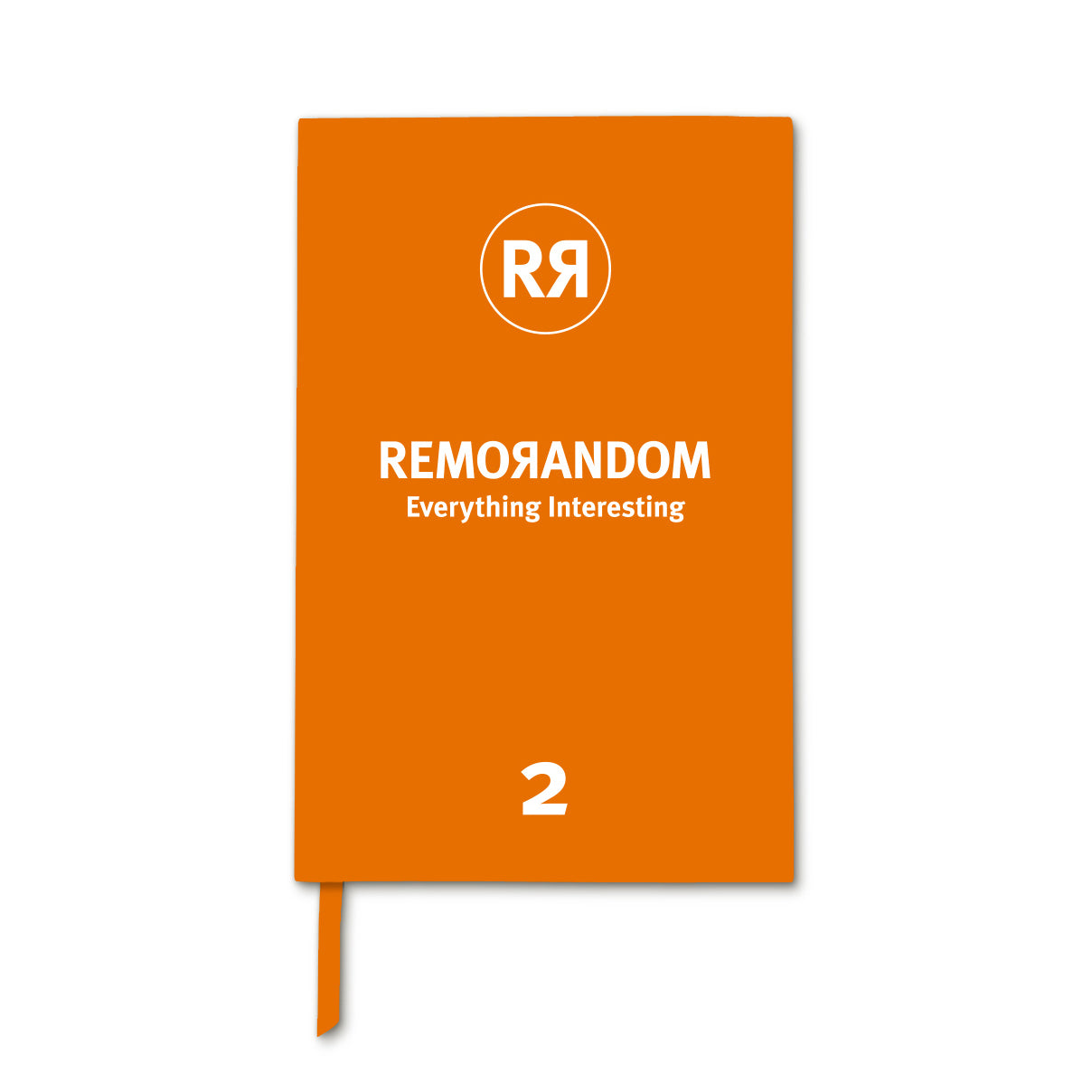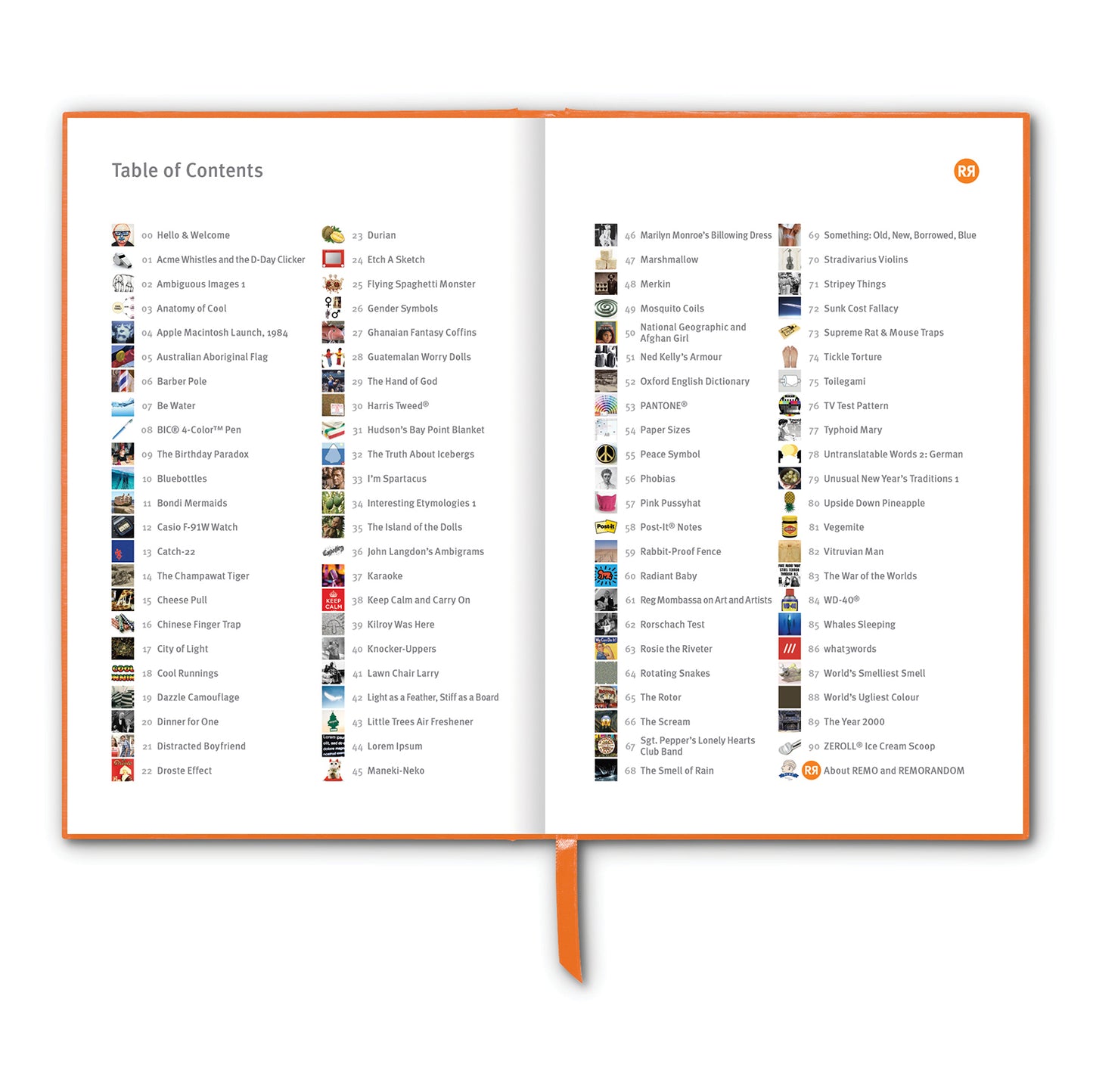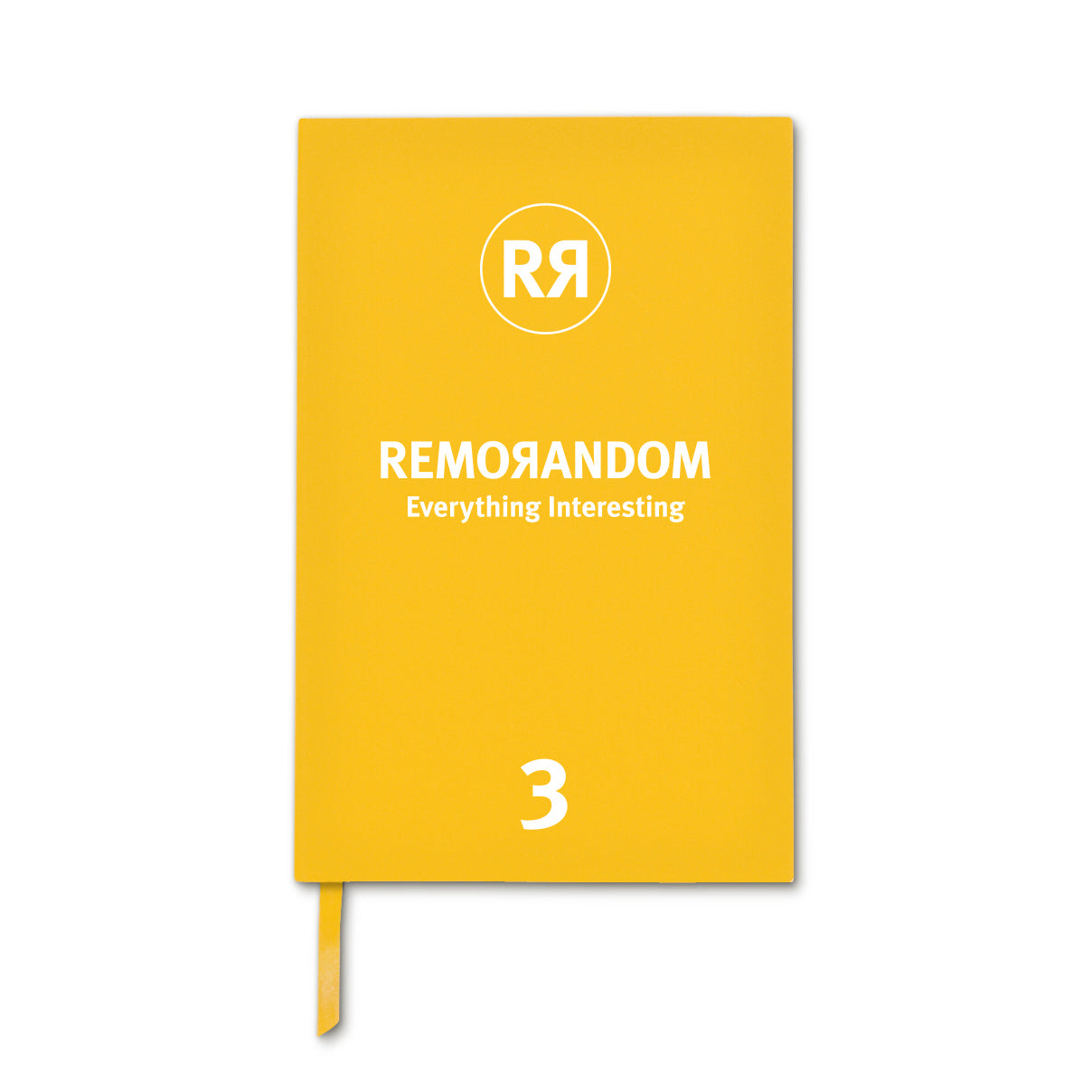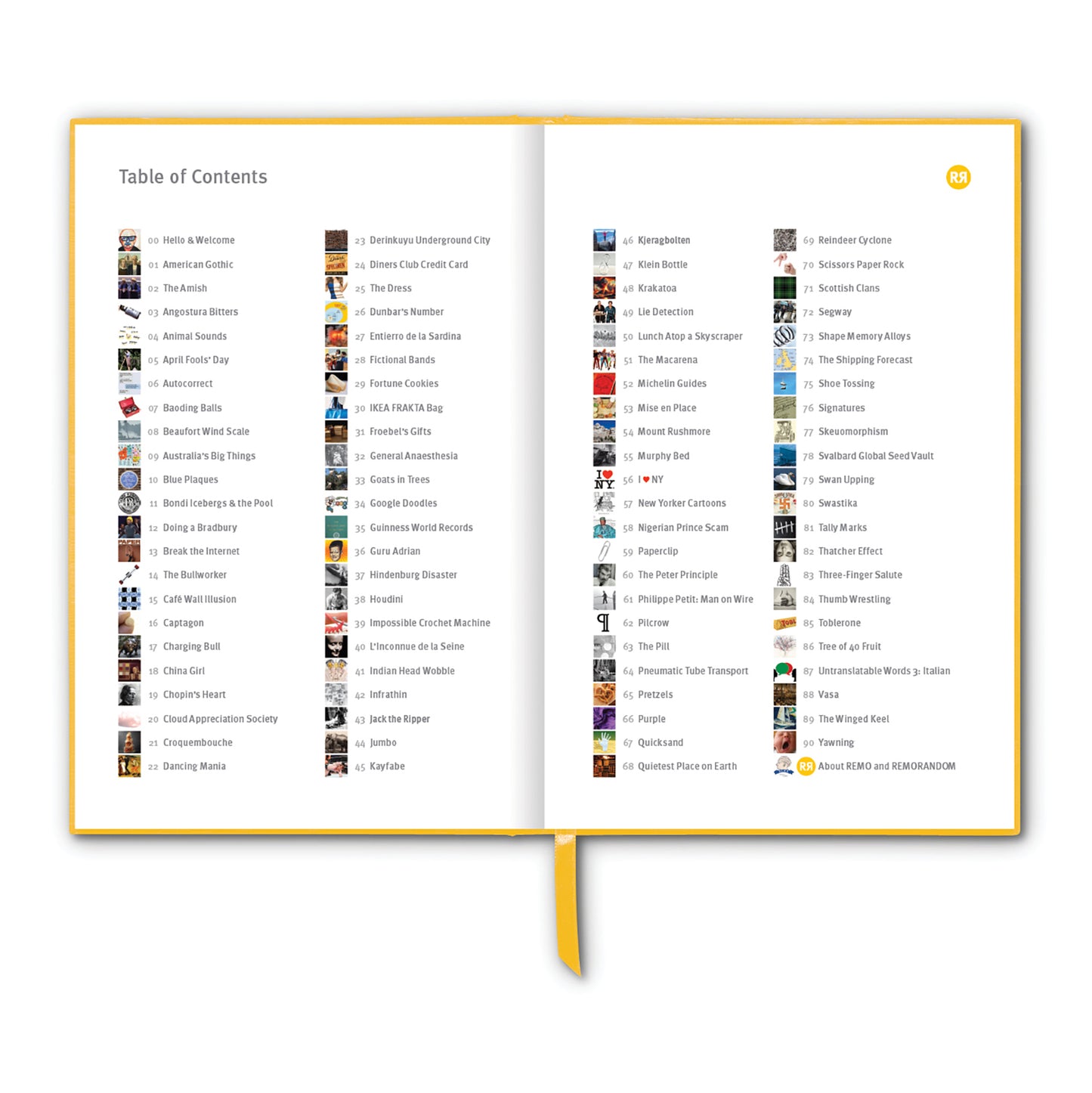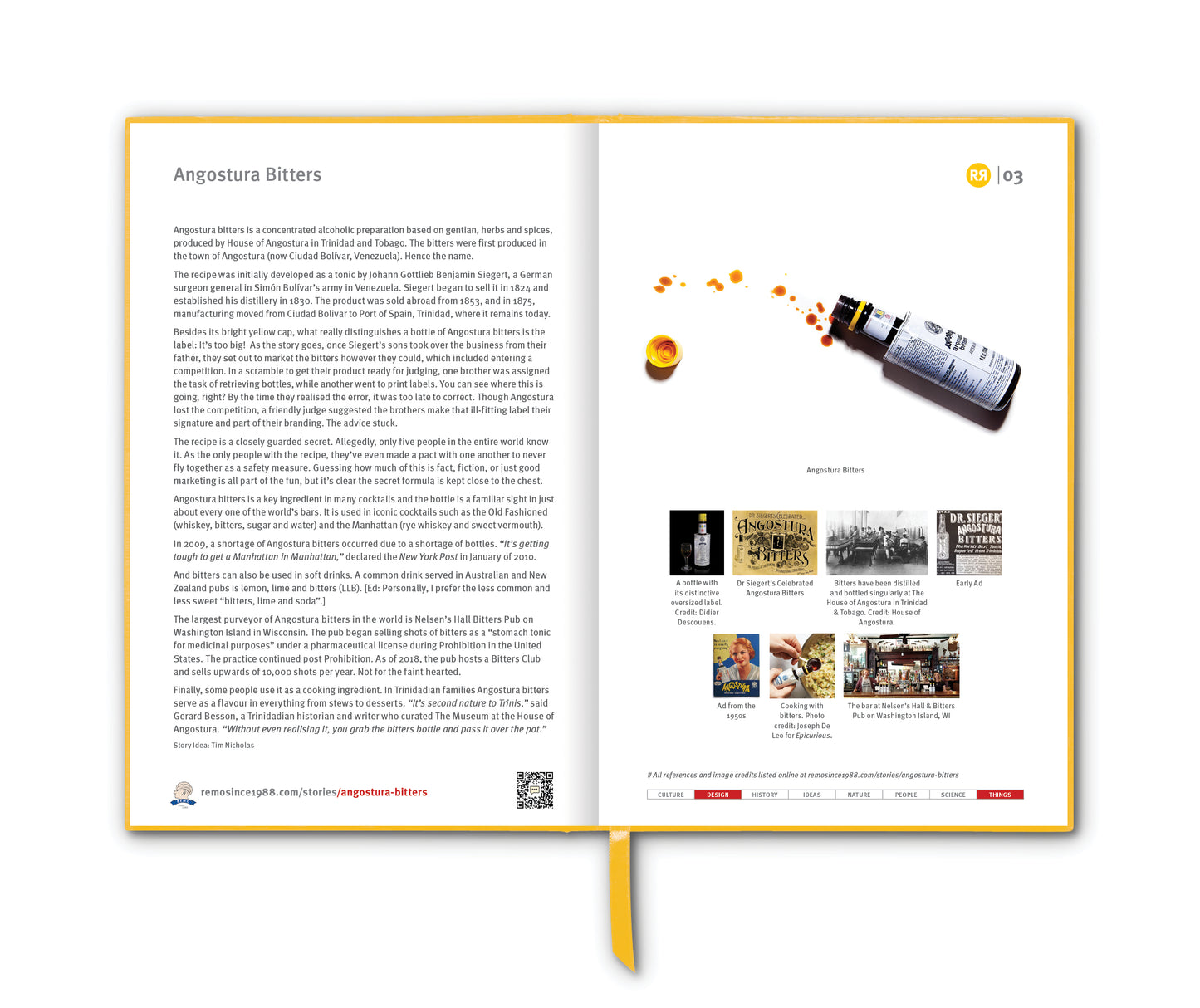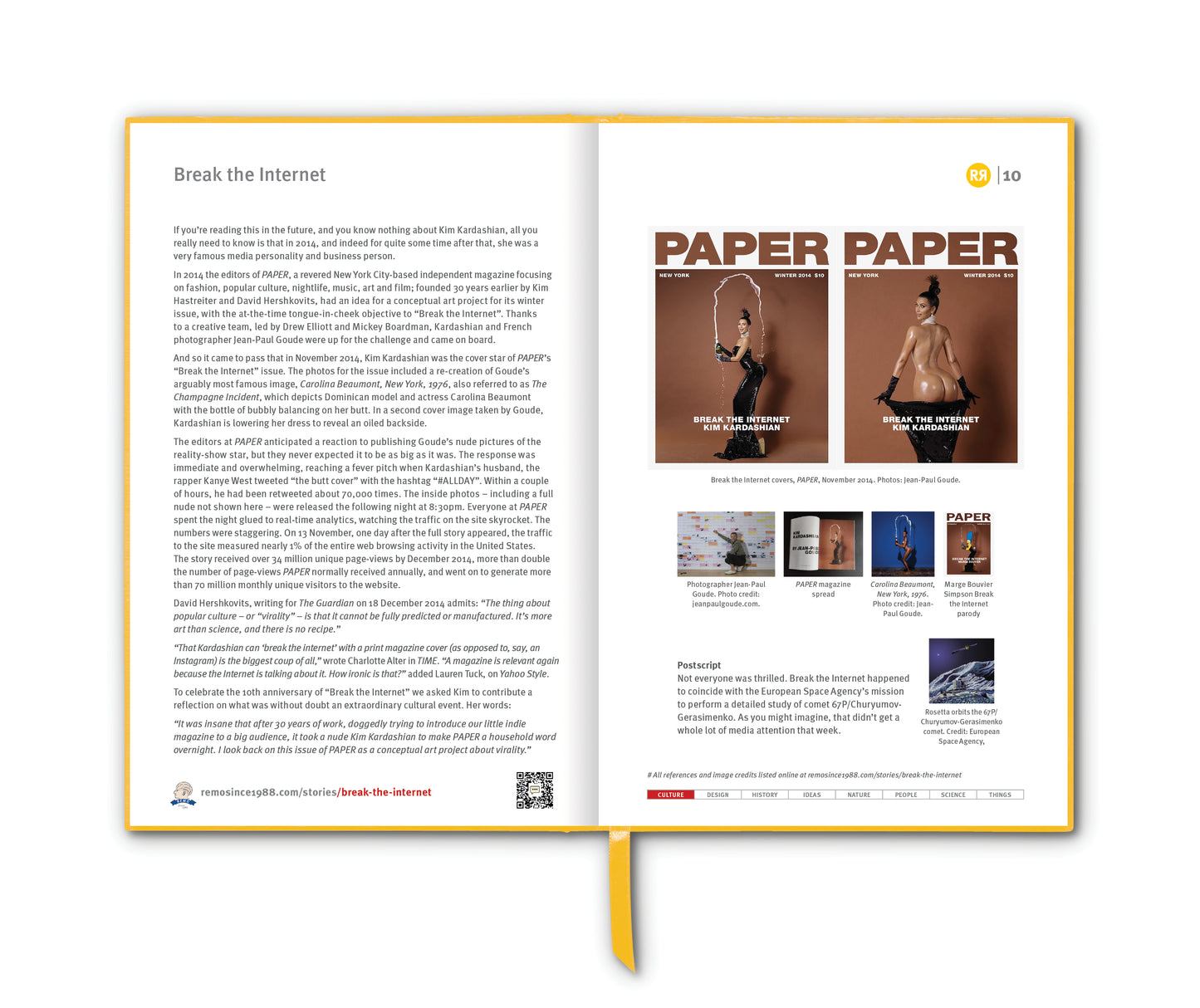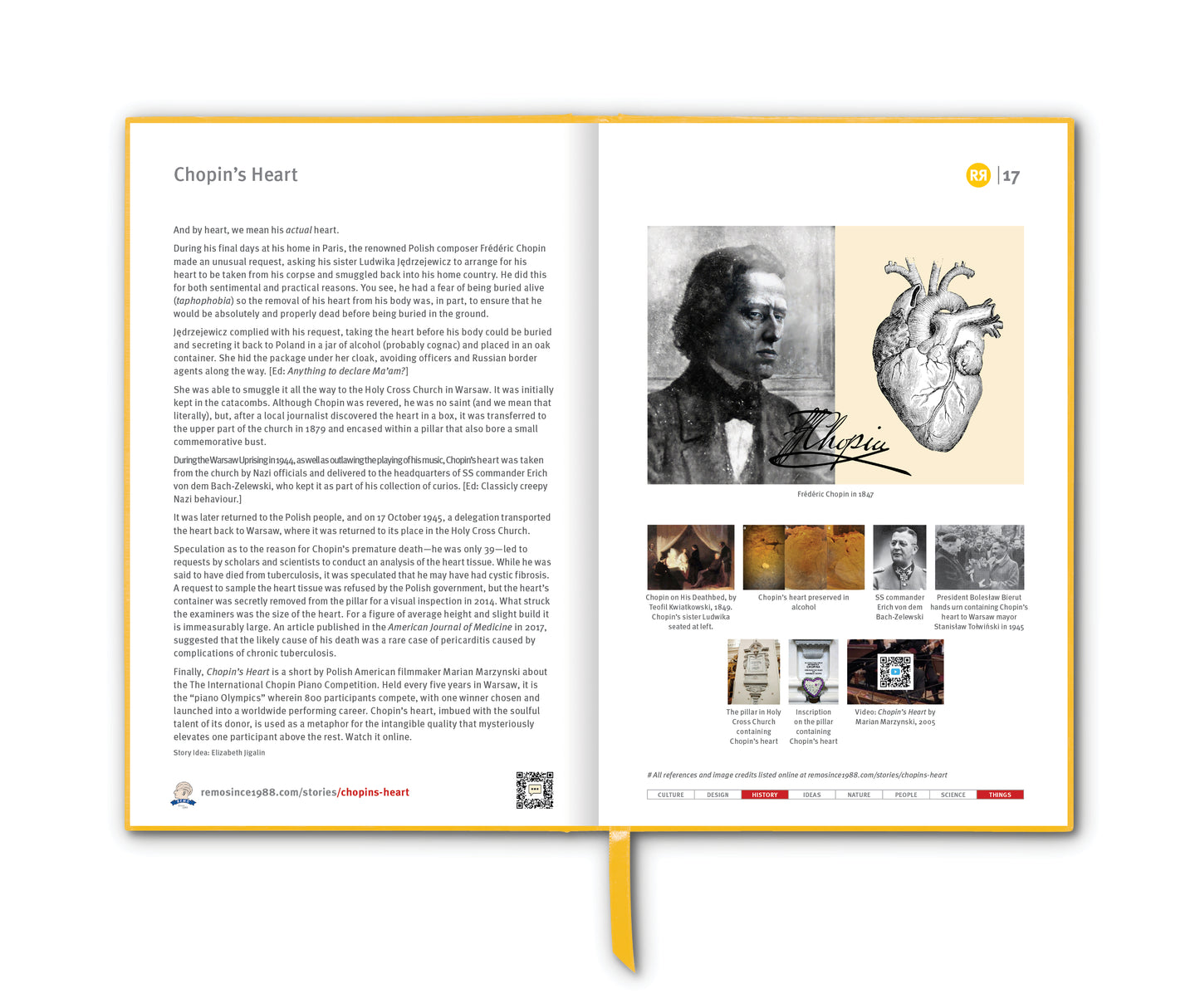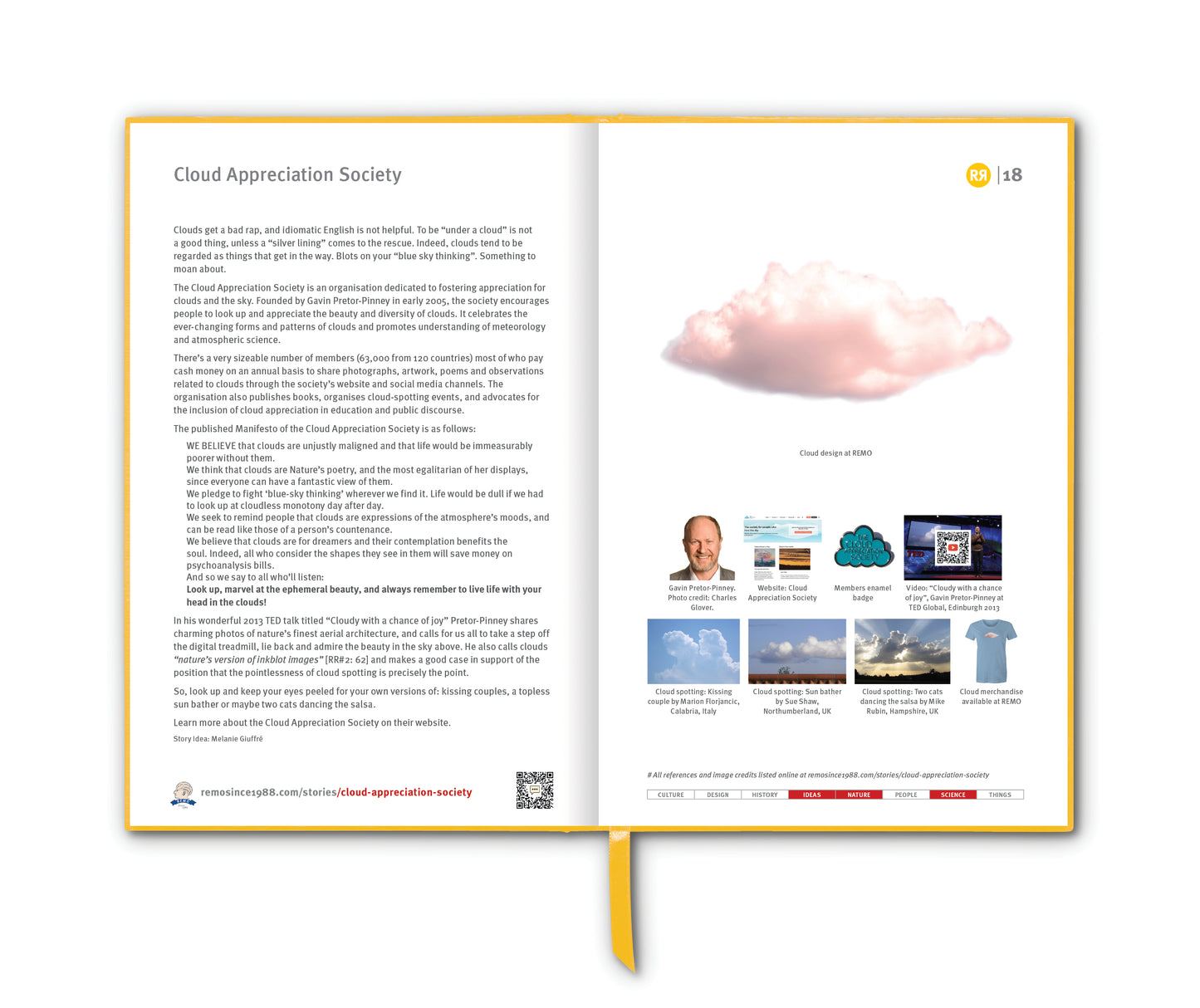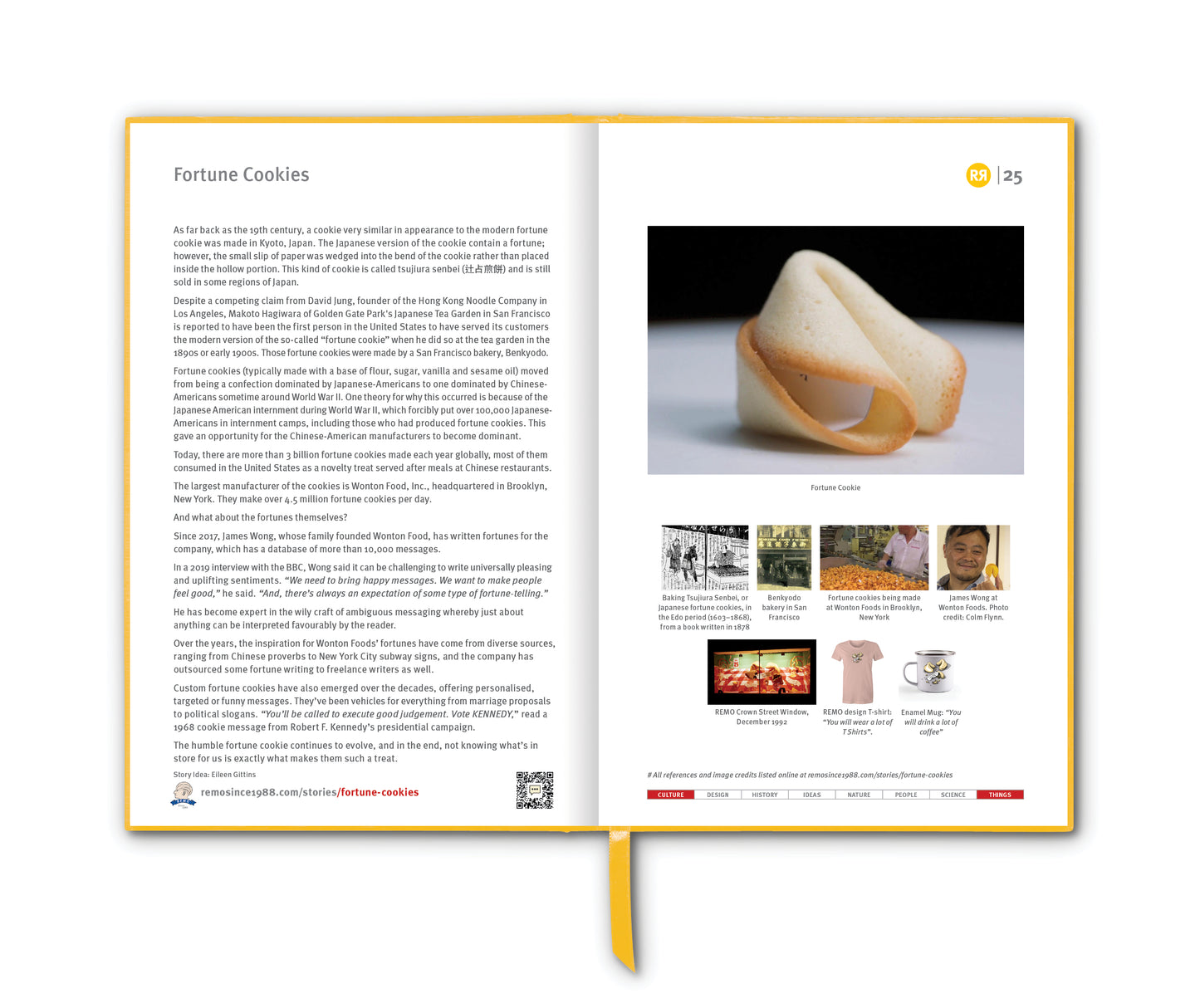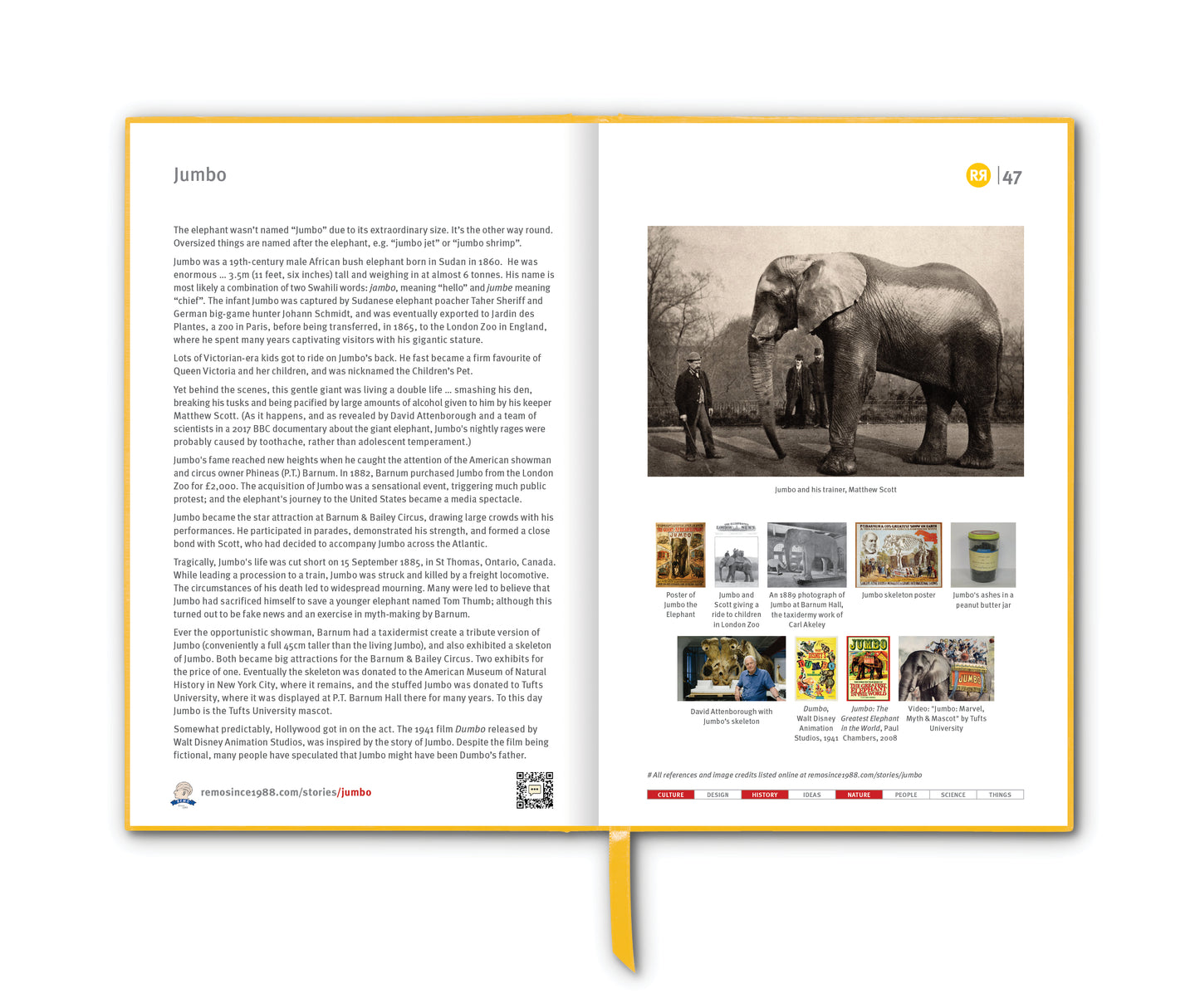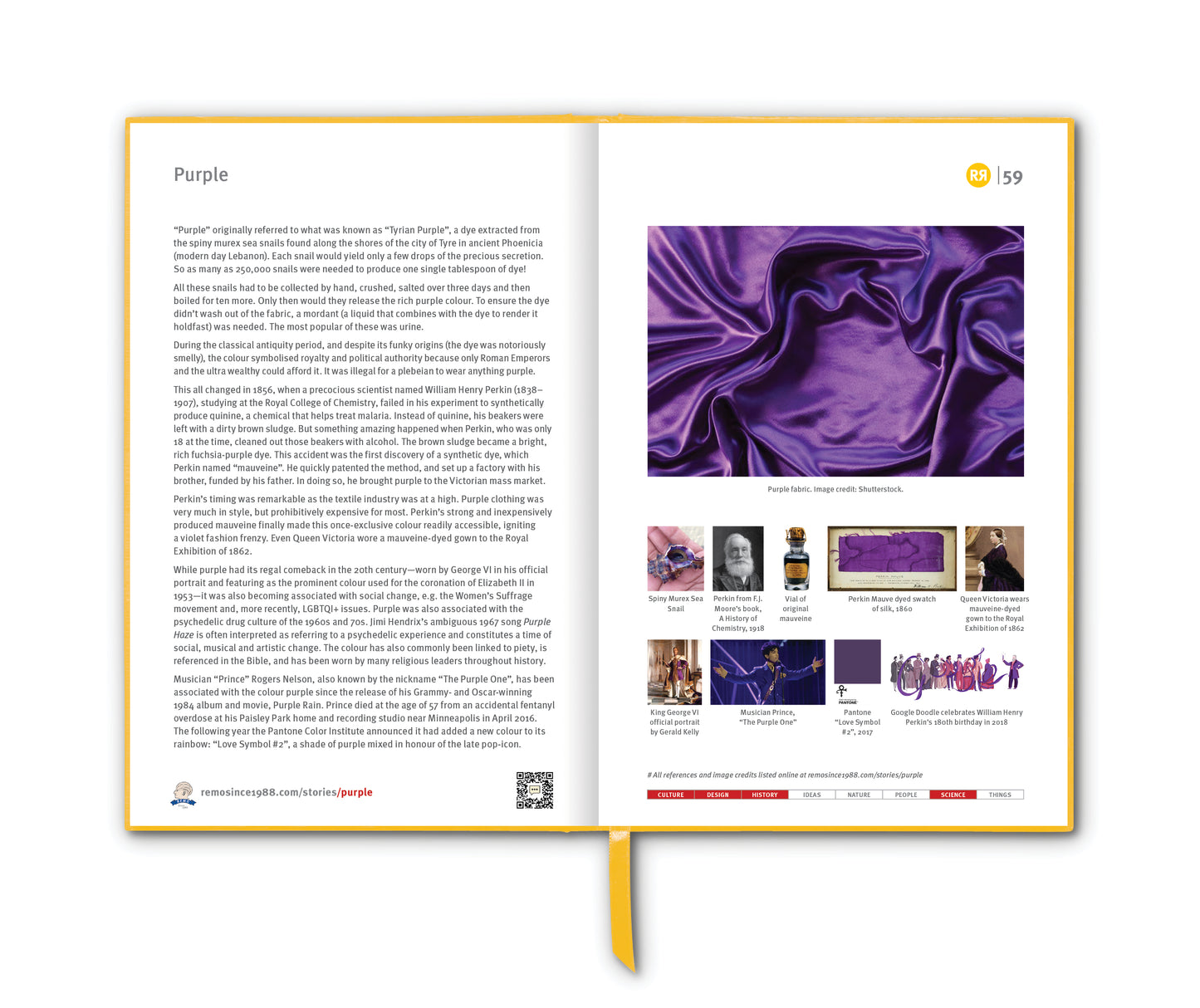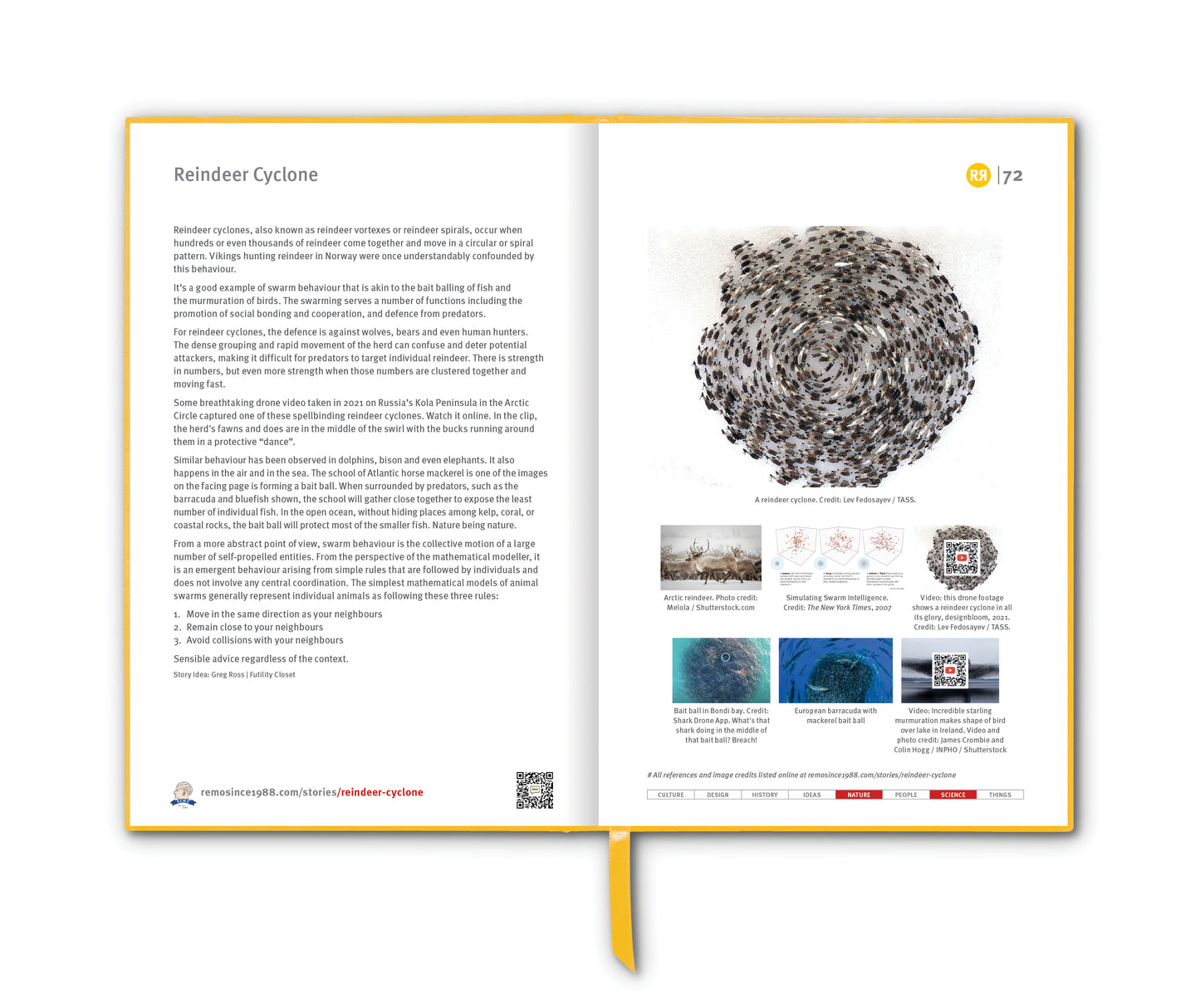The advent of 24/7 television programming has made images such as this somewhat rare and rather quaint.
A test pattern, also known as a test card, is a television test signal, typically broadcast at times when the transmitter is active but no programme is being broadcast (often at sign-on and sign-off).
Used since the earliest TV broadcasts, test patterns were originally physical cards at which a television camera was pointed, allowing for simple adjustments of picture quality. Such cards are still often used for calibration, alignment, and matching of cameras and camcorders.
Electronically generated test patterns, used for calibrating or troubleshooting the downstream signal path, were introduced in the late 1960s. These are generated by test signal generators, which do not depend on the correct configuration (and presence) of a camera, and can also test for additional parameters such as correct colour decoding, sync, frames per second and frequency response.
The famous RCA (Radio Corporation of America) test pattern, incorporating the head of a Native American chief, was used mainly in North America from 1940 to the 1970s … for black and white analog TV receivers. An experienced broadcast engineer could glance at the drawing of the Indian Chief and quickly know if everything was OK, or if more careful adjustment was needed.
In the United States, test patterns were also used to test the Emergency Broadcast System (EBS), which was designed to alert the public about emergencies. If a test pattern interrupted regular programming accompanied by a loud alert tone, it was part of this system.
The Philips test pattern is widely recognised as one of the iconic popular culture symbols of the 1980s and 1990s, and that is indeed the pattern that was modified to become the REMO TV design back in 1994.
Formerly a common sight, test patterns are now only rarely seen outside of television studios, post-production, and distribution facilities. In particular, they are no longer intended to assist viewers in the calibration of television sets.
Despite this, test patterns hold a special place in the hearts of many people who grew up with early television. They have become cultural symbols of a bygone era.
Still beautiful though.
Story Idea: Bonnie Siegler
______________________________
References
wikipedia.org/wiki/Test_card
printmag.com/daily-heller/tv-test-patterns
tedium.co/2020/06/23/television-test-patterns-history
Images
1. REMO TV design (1994) based on the Philips test pattern
2. WCBS New York test pattern
3. A 1952 Philips TD1410U television set showing the optical monochrome Telefunken T05 test card.
4. Italian RAI TV test pattern from 1949
5. RCA "Indian Head" test pattern, 1940s to 1970s
6. Indian Head test pattern functions identified
7. Philips test pattern PM5544
8. Miss Testival at opposuits.com.au
9. Gijs van der Velden wears his REMO TV on a black T-shirt
